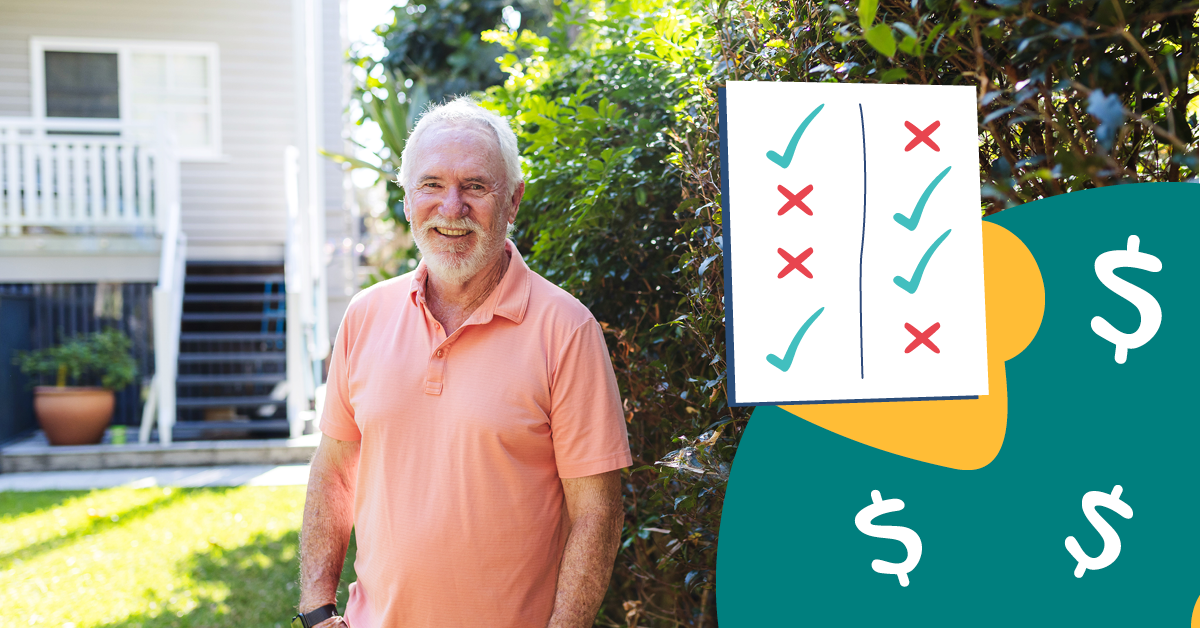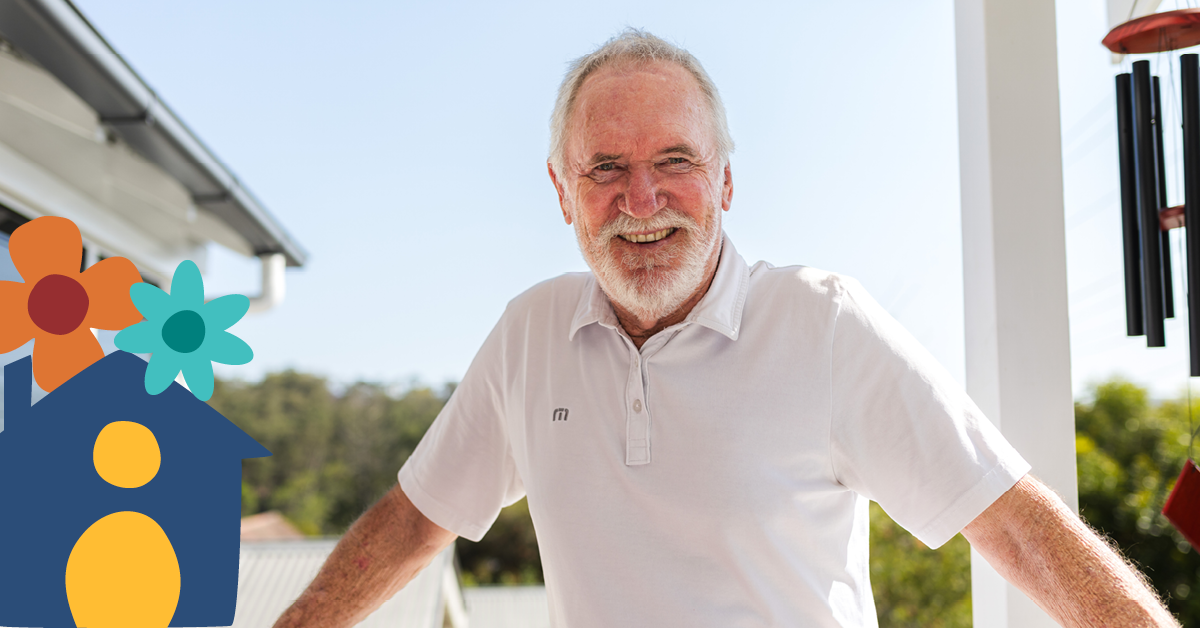Pricing data reveals the real story in Support at Home
30 Oct 2025

Collating available price data from across the home care sector shows a consistent trend. Clients using self-management models pay significantly less per hour for services than those managed by traditional full-service providers. Some self-managed providers still place platform restrictions on worker sourcing, which narrows choice and effectively pushes prices up. The real benefit comes when clients have full access to a competitive market, with the freedom to use their own workers and negotiate their own rates, from wherever they choose.
This isn’t a marginal difference. It is a structural pricing gap that is costing clients hours of care each week.
Everyday living assistance: $66 vs $143 per hour
Trilogy Care’s most commonly paid rate for everyday living assistance is $66 per hour under Support at Home for self-managed clients and $79 per hour for fully coordinated clients. By contrast, verified competitor pricing for the same service reaches up to $143 per hour, even before any penalty rates, public holiday loadings or rural distance surcharges are added. That is more than double the self-managed price for a routine home cleaning or basic domestic support.
Physiotherapy: $143 vs $325 per hour
Physiotherapy, a frequent allied health request under Support at Home, shows a similar pattern. Trilogy Care clients most commonly pay $143 per hour when self-managing or $171 per hour when fully coordinated. Competitor pricing for the same service is recorded at over $325 per hour. Again, this is the starting rate and higher rates apply for weekends, holidays or distance travelled.
These are real numbers from real price sheets. And they are consistent across categories.
Only hourly rates matter!
Some providers have gone to market with slightly lower self-management loading percentages. But the real cost to the client is not in the decimal differences. It is in the total hourly rate being charged for services.
Fully managed clients are routinely charged 40 to more than 100 per cent more per hour than Trilogy Care’s verified self-managed pricing. And because contributions are calculated based on the actual cost of services delivered, clients paying higher hourly rates are also contributing more out of pocket for the same level of care. These inflated base rates rapidly erode client budgets and lead to:
Fewer hours of care
Higher out-of-pocket contributions
Less choice over who delivers care
With Trilogy’s model, clients retain full choice and control while paying fair market rates that reflect actual service delivery, not mark-ups that erode their care.
“I like knowing exactly where my money goes. With Trilogy, I can see my budget, set my rates, and choose the people who care for me.” — A Trilogy Care client stated.
By contrast, when clients are locked into provider-set pricing and internal staff rosters, a low platform or management fee does not protect them from high hourly charges.

Don’t compare percentage fees. Compare care hours.
A $79 per hour fully coordinated service including a 10% platform fee and 20% coordination loading delivers significantly more value than $143 per hour for the same service. 45% more value in fact. But it's not about the percentage. It is all about the rate per hour.
Trilogy’s calculator lets clients, families and advisers compare real rates across providers, services and care models. The difference is clear, and it's big.
See how far your budget can go. Use the calculator to get more care hours, more control, and less complexity, with lower contributions.
Compare real care costs

